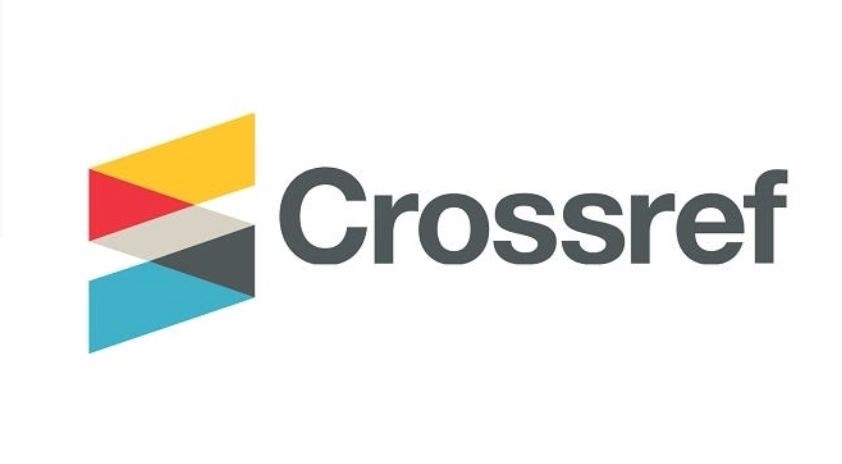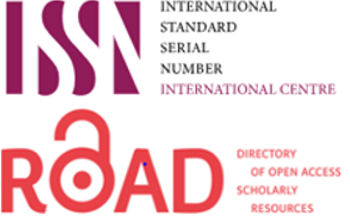Impact Televised Media Violence upon Children's relationship at Primary Schools with their Mates in Al-Nasiriyah City
DOI:
https://doi.org/10.58897/injns.v31i2.304Keywords:
Televised Media Violence; Children's Relationship; MatesAbstract
Abstract:
Objective: To know the effect of televised media violence on the relationship of Children's primary school with mates and identify association between the demographic characteristics and socioeconomic status for primary school children and their relation with exposure to televised violence media.
Methodology: simple probability sample of 221 children were selected from 1425 children are learning in schools in Al-Nasiriyah City.
Results: Results of the current study showed that (53.8%) of children exposed to Televised media violence be relationship with their mates weak, (46.2%) of them have their relationship with their mates good, as well as the study showed that the presence significant correlation with males genders, the number of family members, The number of watching hours daily, favorite times to watch violent television programs and the relationship of the children with their mates. In addition to the existence significant correlation between the children's relationship with their mates and some of Preferable TV Programs such as wrestling and boxing, violent cartoon serials, news and pictures of the wounded and the dead.
Recommendations: The study recommended to preparation of an intensive campaign to educate parents through the media about the dangers of violence in television programs and parent education in the light of current circumstances, keep an eye on the activities of their children and observant of any changes in their behavior strange psychological or social.















